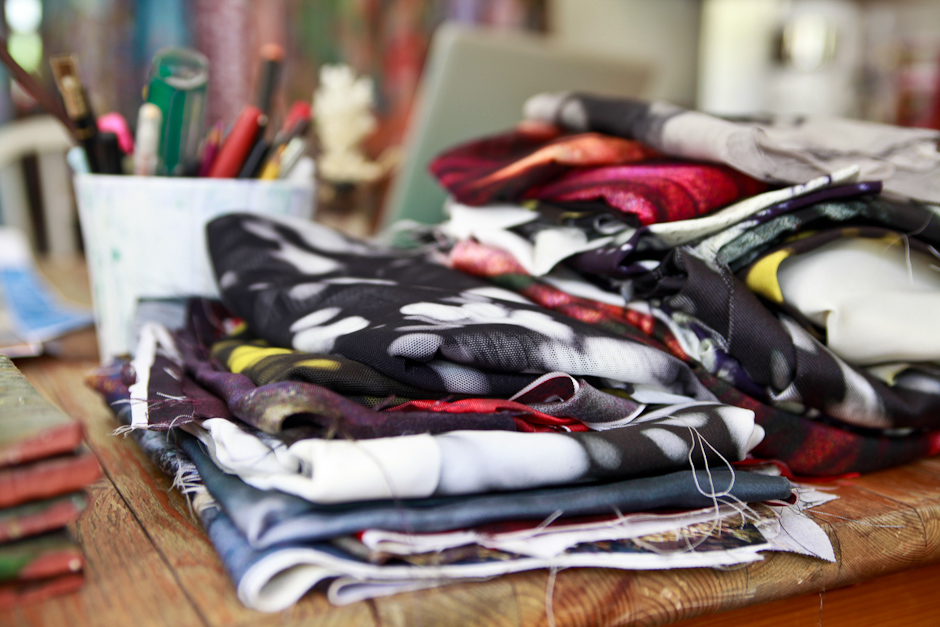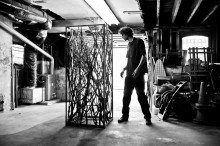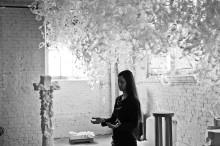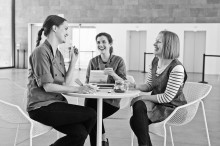
Emily Factor

I suppose it would have been easy to go into our visit with Emily with a healthy dose of skepticism— as the great granddaughter of makeup mogul Max Factor and the sister of Smashbox co-founders Dean and Davis, her pedigree and privilege precede her, potentially inviting overblown interest concerning her work as a fashion designer. But Emily avoids clichés; despite coming from a celebrated family, she reveals no sense of entitlement and nothing about her trajectory suggests coattail-riding. She comes to her work with substantial training, proven dedication, and patience. And most notably, she values the totality of the process and is involved in every step that it takes to create each one of her pieces. Each collection begins with Emily gathering inspiration and imagery for her prints; often this includes photographing subtle moments in the natural world that catch her eye, which she then digitally manipulates, and then from there prints are created. For example, her Fall 2013 prints were created from photos she took of various shadows and light forms. Only after she has decided on what prints to use does she begin to consider and sketch appropriate silhouettes for the garments.
While talking with Emily at her Laurel Canyon home (she has since moved to Topanga) it became clear that her intention is not to be a media darling or overnight success— amassing a fortune is not on her agenda nor is mass-producing her line. In fact, she is adamantly committed to ecologically conscious practices; she produces her clothing locally and uses non-toxic dyes, and organic and sustainable fibers. I think it is important to clarify that Emily is not really just a fashion designer, instead I would say that she is an artist who mainly focuses on textiles and clothing. Yes, she is running a business and to some degree she does have to think about a financial bottom line, trends, and growth, but overall I would say Emily approaches her work instinctively and emotionally and is ultimately most concerned with the integrity of her process and materials. I really do think she wants each garment to feel unique, to hint at the story of its creation, and to be a testament of the workmanship she believes in.
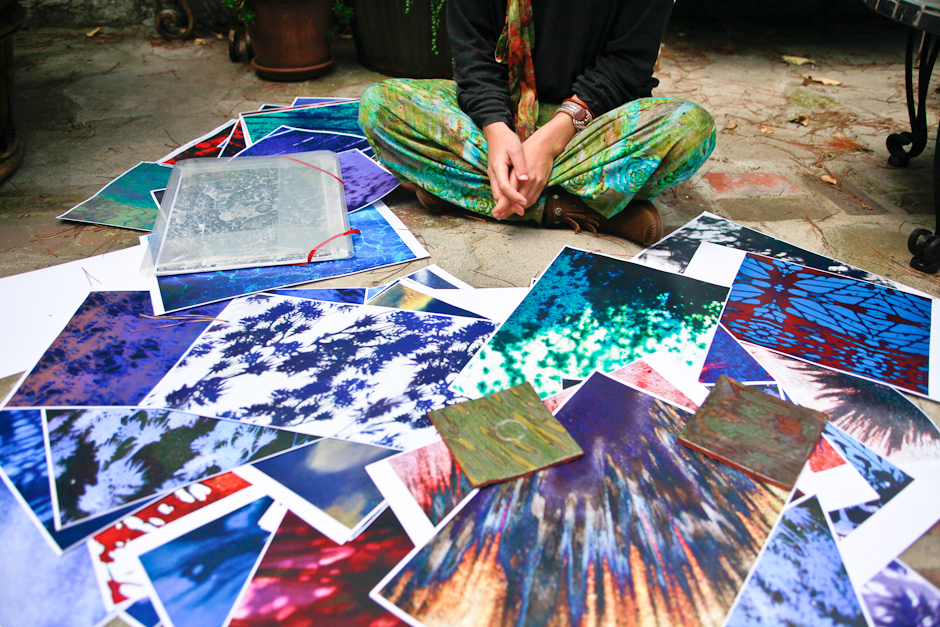
When people ask you what you “do”, how do you answer?
I usually answer with something like, “I’m an artist with a focus on textiles and wearable art.” Mainly because there are so many different creative elements involved in my work. The majority of what I do is an artistic process, textiles and clothes just happen to be the end products. I don’t identify as a fashion designer— I think that word has been somewhat misused, or perhaps overused. So much of what dictates my process is about creating a sincere and authentic product— I have a lifelong vision for myself; I want to build something very stable and always be able to do what I love and offer others something they can also love.
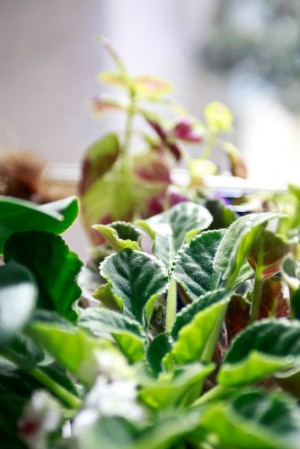
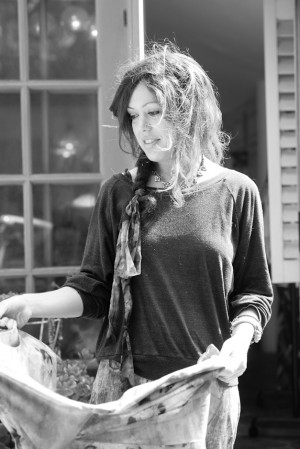

You initially studied fine art at California College of the Arts in San Francisco and then went on to study fashion design and textile printing at Central Saint Martins in London. What prompted the shift?
When I started learning about Central Saint Martins while studying in SF I felt a very strong pull to it and a kind of subconscious drive to get myself there, so I followed those feelings.
I did have a great education in SF, however it was very technical and commercial and I didn’t feel I had developed enough creatively. I wanted to live abroad and be surrounded by this crazy, cutthroat, innovative, creative environment, which was Saint Martins.
How would you describe your aesthetic?
Abstract print-focused wearable texture that is connected to art and nature.
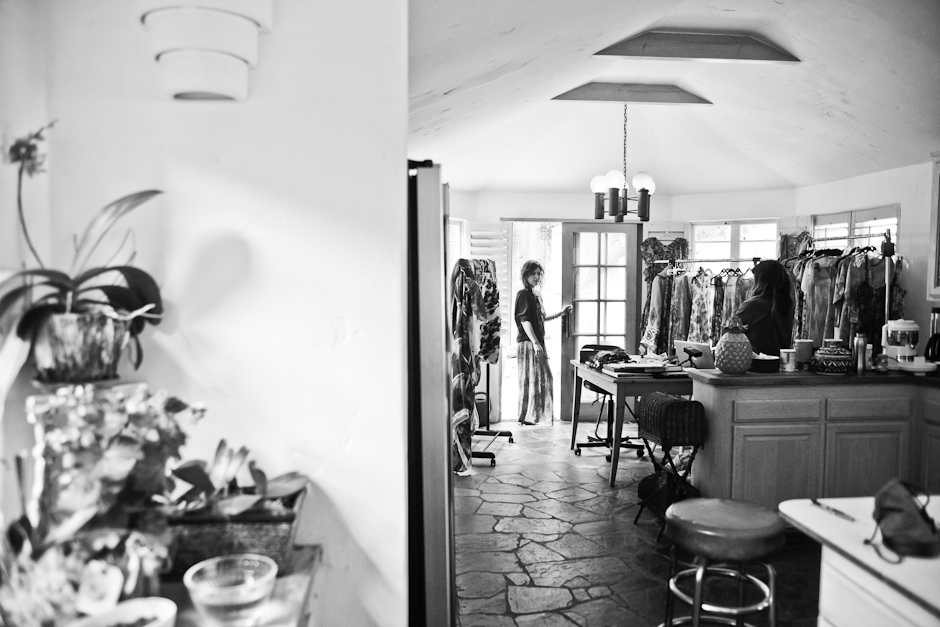
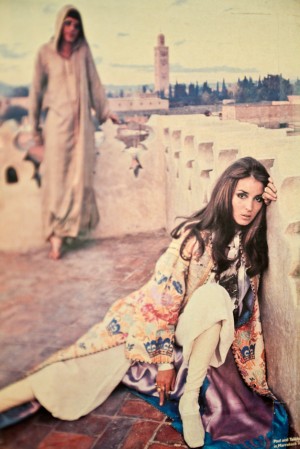


When did you start your label?
My label started to develop sometime in 2011, not on a specific date but it was a transition that evolved slowly.
What materials do you work with?
I work with almost all natural materials like silk, wool, cotton and other natural blends. Whatever the fiber, the most important thing I look for is a softness. I am hyper-sensitive to textures and if something doesn’t feel nice, I get the nails-on-a-chalkboard chills.

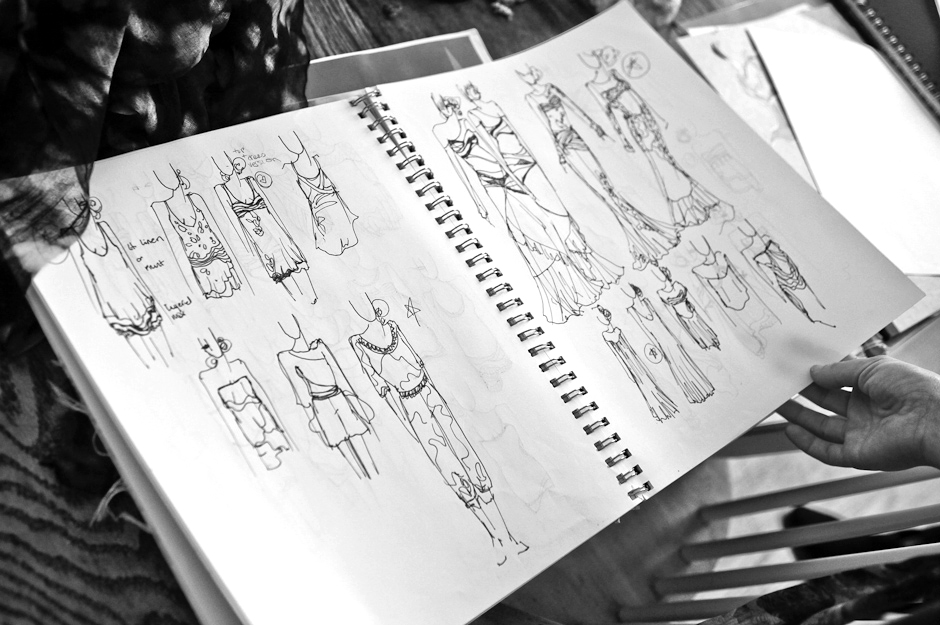
Every garment is handcrafted in LA; can you briefly describe your process from inception to production?
Each collection or project starts with forgetting about fashion and trends, and applying my creative process to a specific idea or direction. This stage can involve anything from sketching to photography, image research, painting and sculpting. I build myself a small mountain of original work based on the subject. I often use images I find online as inspiration but I also go out into the world and photograph things that catch my eye, and always my prints come form these original photos.
From this mountain evolves my prints, which I average about 100 designs each season that are narrowed down to a dozen. The editing process is actually quite easy and comes naturally— I’ve learned to trust my instincts. I manipulate my original work digitally to develop it, and then create placements and repeats in symmetry with the silhouettes. I don’t really think about the shape of the garment until I’ve decided on the print— different prints can do different things to the body, so it’s important that shapes are only decided afterwards, in consideration of the print. I gravitate towards simpler shapes— because print can so easily overwhelm I like shapes to follow the lines of the body, but to still hang loosely, to never feel heavy or tight.
Fabric is printed digitally, which is a method I prefer for many reasons… both ethical and quality based. We are limited to resources outside the country as most fabric is generally imported. However I hope things will change in the next few years and am always looking for new domestic sources.
All pieces are then cut and sewn here in L.A.

What are you presently inspired by— are there particular things you are reading, listening to or looking at to fuel your work?
I am constantly and always inspired by surfaces, either from nature or made by humans. Anything from desert rocks to woodcarving or paint peeling; I always take notice of patterns all around me and am constantly inspired. Surfaces become the story in my designs, like Spring ’13 was about ceramic texture and glazes and Fall ’13 was based on shadows I photographed on the streets and walls.
What does having a dedicated physical space mean for your process, and how do you make your spaces work for you?
Currently I have my home and studio integrated (out in Topanga), which has been an ideal balance for me. I have my isolated work sanctuary where I can enter and be completely focused, and when I’m done for the day or need a break I can step outside into the woods and center myself again if needed.
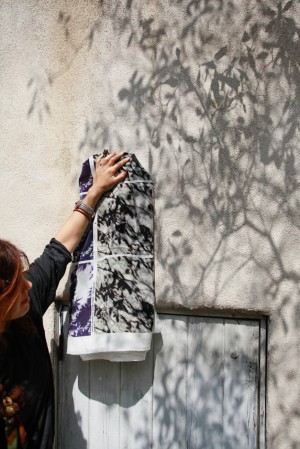

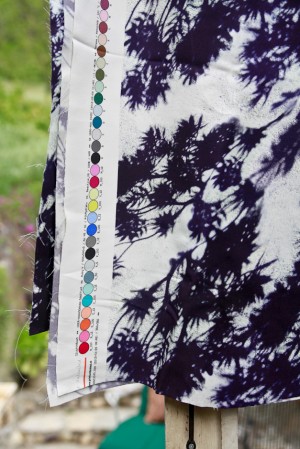
Much is made of the fact that that you are the great-grandchild of cosmetics giant Max Factor, how do you feel about this? How has your family’s legacy influenced the work you do?
I feel extremely grateful for my family and our history. My family is well-known because they worked very hard and believed in what they wanted to build and create, nothing has just been handed to them. Max Factor created a legacy of very hard working, creative business people, which I always strive to live up to.
Is there something you are currently working on, or are excited about starting that you can tell us about?
I really love creating prints for other companies outside my business. I’m continuing to branch out into more freelance work alongside my own work, and it’s always something new that I would never do for myself. Always there are challenges but I learn heaps each time and it’s expanding my thinking.
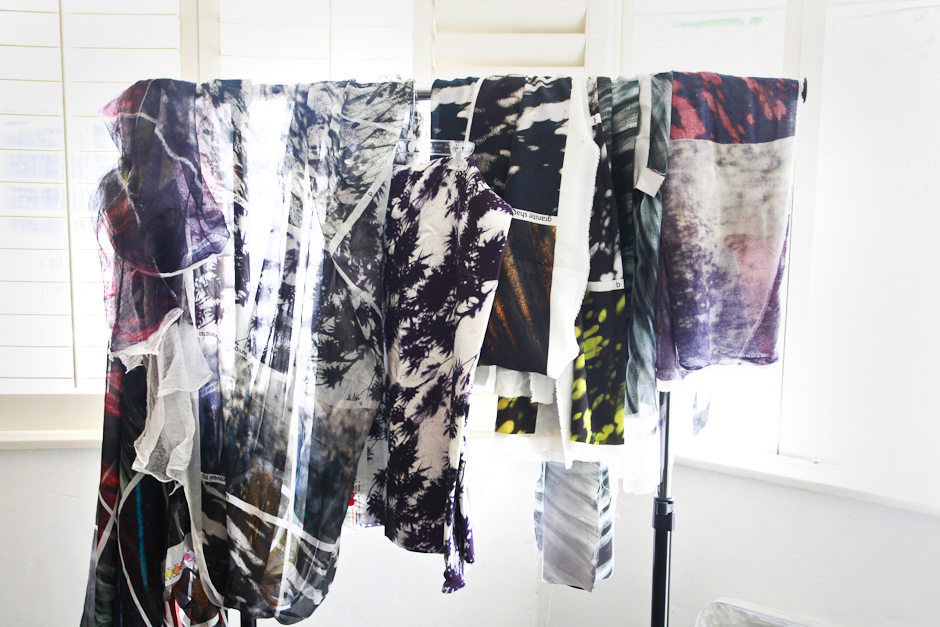
What are your biggest work challenges and how do you deal with them? How do you navigate the business aspect of fashion design?
I sometimes say I’m a professional problem-solver, because even if there’s a challenge that’s not my doing— I have to find a solution. The smallest mistake or overlook on any aspect of this business creates a domino effect later, so it’s all about being completely hyper-aware and thinking as far ahead as humanly possible.
I learn everyday and naturally have faced obstacles and mistakes, but the most important thing is to apply the knowledge and keep going.
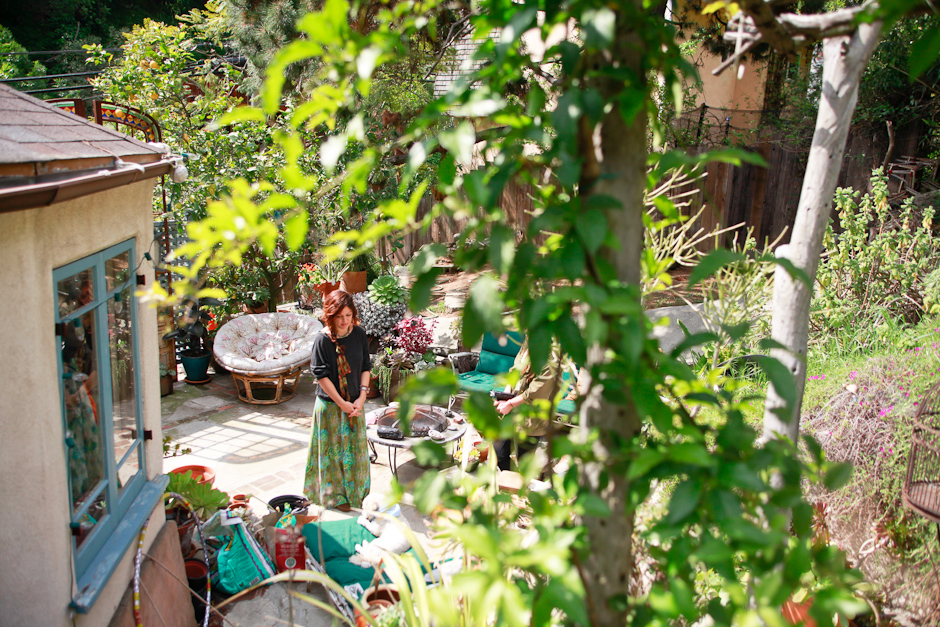
What advice has influenced you?
I think the best advice so far regarding my work came from my portfolio tutor at Saint Martins, who pushed me to enter the fashion print pathway. That launched my entire focus on print and am so grateful for her direction.
For life in general, it’s the four agreements, always.
1. Be impeccable with your word.
2. Don’t take anything personally.
3. Don’t make assumptions.
4. Always do your best.
(from Miguel Ruiz’s The Four Agreements: A Practical Guide to Personal Freedom)



Where can people find your work?
Check my website which has a shop link, and coming this fall pieces will be in some new stores in the U.S.
http://emilyfactor.tumblr.com/
